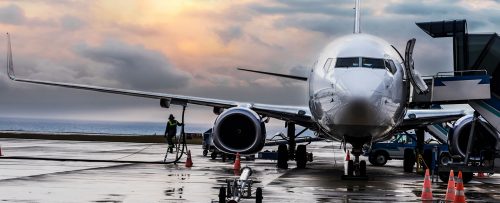
This 13 May 2019 invited keynote for the annual sustainability conference of the global aviation industry’s trade group ATAG seeks to increase the industry’s ambition, reduce its risks, and improve its competitiveness and profitability, without considering shifts to other modes (including virtual mobility) or other options affecting traffic volumes. After summarizing sustainable aviation fuels and a novel way to finance them, RMI’s then Chief Scientist—engaged in this issue for two decades—turns to his main message: radically better airplane efficiency.
Ultralight airframes, more-efficient use of onboard electricity, and well-known improvements in engines, aerodynamics, and other elements can yield tube-and-wing or blended-wing-body designs ~3–5x more efficient than the US 2005 fleet, as demonstrated by a half-dozen designs mostly a decade old. Newer improvements in morphing flight surfaces, actuators, lattice structures, biomimetic structures and fluid dynamics, and 3D printing reinforce that potential. Strong efficiency gains could also accelerate electrification of short- and potentially medium-haul airplanes, now rapidly emerging, and improve long-run prospects for intercontinental “cryoplanes” fueled with liquid hydrogen.
Lovins’s warmly received concluding suggestion was a “golden carrot”—a collective purchase commitment by a powerful customer consortium that could unbundle buying airplanes from buying innovation in them, reward and derisk radical innovation, and change suppliers’ culture. Leading airframe and engine experts confirmed afterwards that the lecture’s content was technically sound but rather conservative, because it omitted some important proprietary advances.